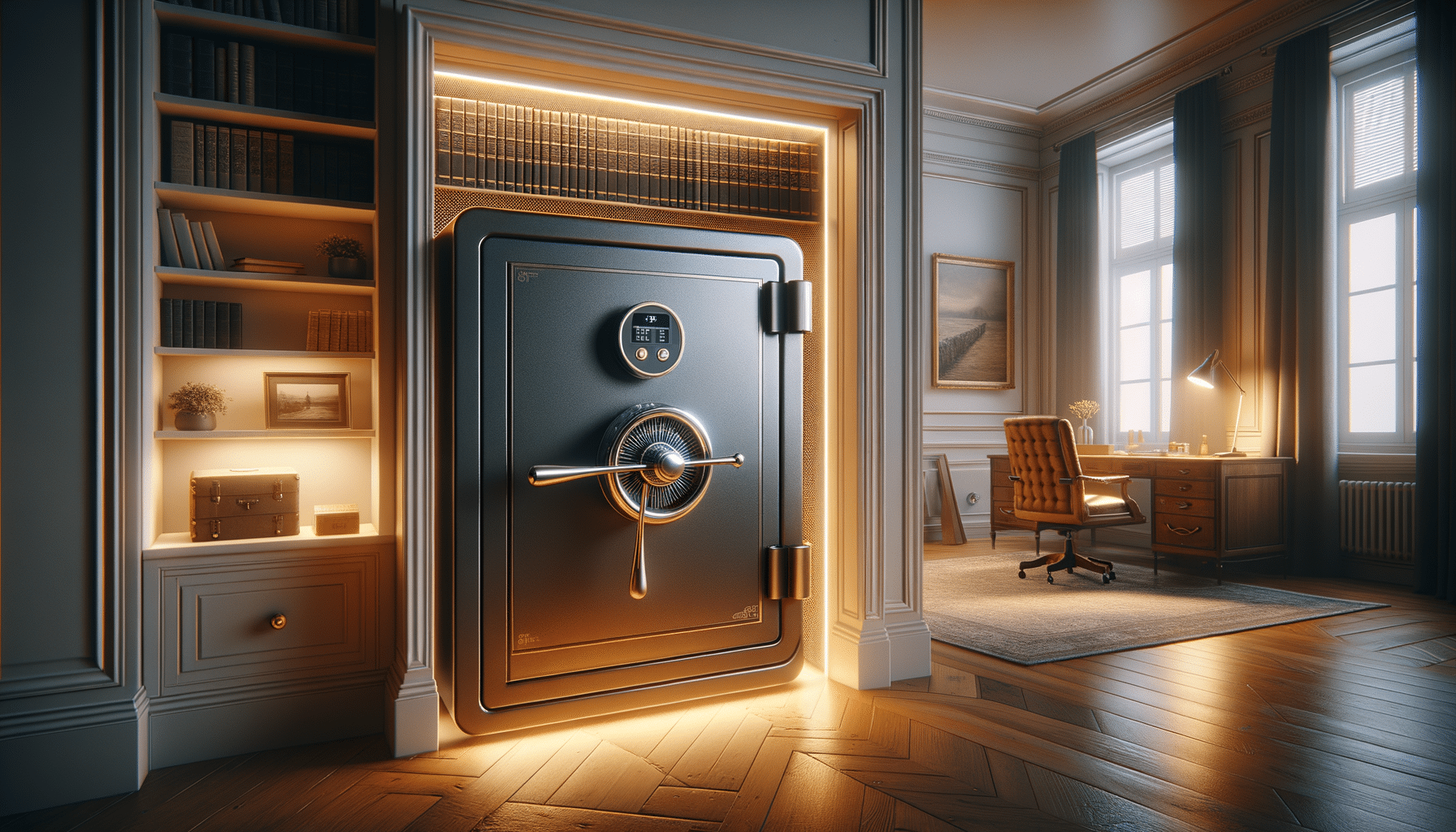
Elevate Your Home Security with Reliable Home Safes
The Importance of Home Safes in Modern Security
In today’s world, where security concerns are ever-present, the need for home safes has become increasingly apparent. Home safes are essential for protecting valuable items, such as jewelry, important documents, and even cash, from potential theft or damage. They offer peace of mind by ensuring that your most precious belongings are secure, even in the event of a break-in or natural disaster.
Statistics reveal that burglaries occur every 26 seconds in the United States, according to the FBI. This alarming figure underscores the necessity of taking proactive measures to safeguard your home and possessions. A home safe acts as a formidable barrier against unauthorized access, providing a secure environment that discourages opportunistic thieves.
Moreover, home safes are not just about theft prevention. They also protect against unforeseen disasters like fires or floods. Many safes are designed to withstand high temperatures and water exposure, ensuring that your irreplaceable items remain intact. This dual protection is particularly valuable for storing critical documents such as birth certificates, passports, and insurance policies.
Types of Home Safes: Finding the Right Fit
When it comes to choosing a home safe, there are several types to consider, each catering to different needs and preferences. Understanding the options available can help you make an informed decision that aligns with your security requirements.
Here are some common types of home safes:
- Fireproof Safes: Designed to protect contents from high temperatures and flames, these safes are ideal for storing important documents and paper-based items.
- Waterproof Safes: Essential for areas prone to flooding, these safes safeguard contents from water damage, making them suitable for coastal or flood-prone regions.
- Wall Safes: Installed within the walls of a home, these safes offer discreet storage, often hidden behind pictures or furniture.
- Floor Safes: Embedded in the floor, these safes provide high security and are difficult to remove, making them a popular choice for storing valuables.
- Portable Safes: Lightweight and compact, these safes are perfect for individuals who need to transport valuables securely.
Each type of safe offers unique advantages, and the choice ultimately depends on your specific needs, budget, and the level of protection required.
Key Features to Consider When Selecting a Safe
Choosing the right home safe involves more than just picking a type; it’s about evaluating features that match your security needs. Here are some critical features to consider:
Size and Capacity: Determine the size of the safe based on what you plan to store. Consider future needs as well, ensuring that the safe can accommodate additional items over time.
Locking Mechanism: Safes come with various locking mechanisms, including key locks, combination locks, electronic keypads, and biometric scanners. Each offers different levels of security and convenience.
Fire and Water Resistance: Check the safe’s fire and water resistance ratings. A safe with high resistance levels provides better protection against environmental threats.
Installation and Placement: Consider where you will place the safe. Some safes require professional installation, while others can be easily set up by the homeowner.
Weight and Portability: Heavier safes are generally more secure, but if portability is a priority, opt for a lighter model that still meets your security requirements.
By assessing these features, you can select a safe that not only meets your immediate security needs but also provides long-term protection for your valuables.
Installation Tips for Maximizing Safe Security
Proper installation of a home safe is crucial to maximizing its security benefits. A poorly installed safe can be easily removed or tampered with, negating its protective qualities.
Here are some tips for effective safe installation:
- Choose a Strategic Location: Install the safe in a location that is not immediately visible to intruders. Common hiding spots include closets, basements, or behind furniture.
- Secure to a Solid Surface: For added security, bolt the safe to a solid surface, such as a concrete floor or wall. This makes it difficult for thieves to remove the safe.
- Professional Installation: Consider hiring a professional to install the safe, especially for wall or floor models. Professionals ensure proper anchoring and placement, enhancing security.
- Accessibility: While hiding the safe is important, ensure that it remains accessible to you in emergencies. Avoid overly complicated hiding spots that could hinder access.
By following these installation tips, you can enhance the security of your home safe and ensure that it provides optimal protection for your valuables.
Balancing Cost and Security: Investing in a Home Safe
Investing in a home safe is a decision that involves balancing cost with the level of security desired. While it may be tempting to opt for the most affordable option, it’s crucial to consider the value of the items you intend to protect and the potential cost of loss or damage.
Here are some considerations when balancing cost and security:
Value of Contents: Assess the monetary and sentimental value of the items you plan to store. Priceless family heirlooms or essential documents may warrant a higher investment in a quality safe.
Long-term Savings: While a higher-quality safe may require a larger upfront investment, it can save money in the long run by preventing theft or damage to valuable items.
Insurance Benefits: Some insurance companies offer discounts for homes equipped with safes, potentially offsetting the initial cost.
Quality vs. Cost: Evaluate the quality of the safe in relation to its price. Look for reputable manufacturers and read reviews to ensure you’re getting good value for your investment.
Ultimately, the decision to invest in a home safe should be guided by a careful consideration of the security needs of your household and the value of the items being protected.

